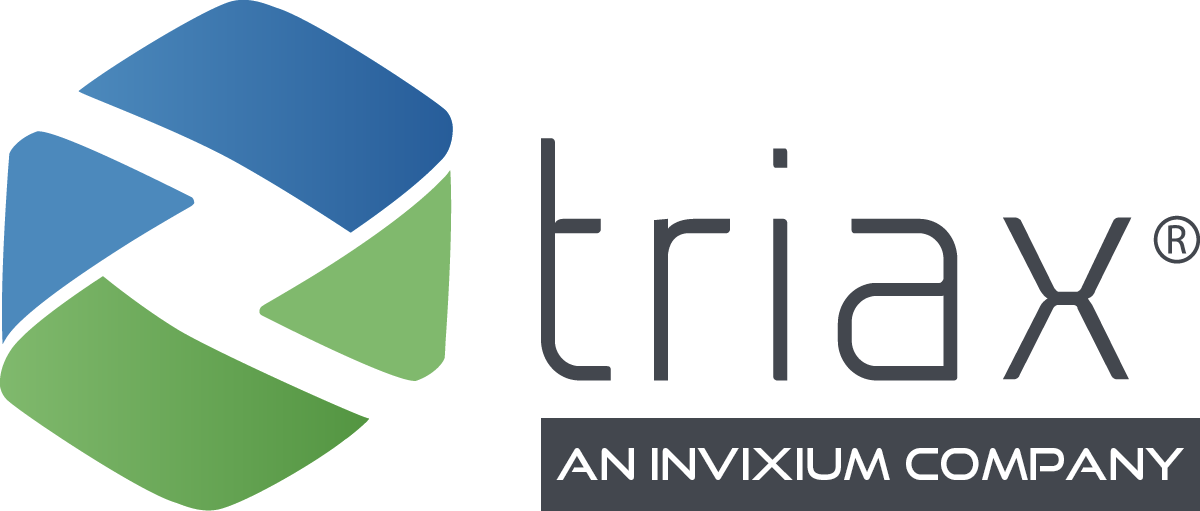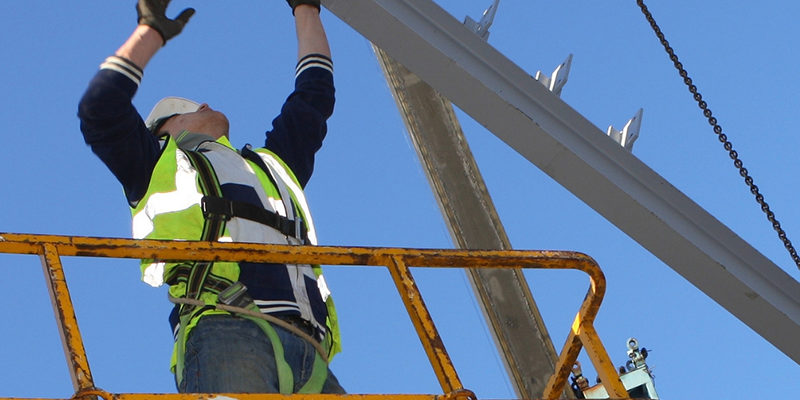Construction is an inherently hazardous industry and safety is of the utmost importance — and still New York City remains a top safety challenge. The New York Committee for Occupational Safety and Health (NYCOSH) released its annual construction fatality report. Their findings show in 2019, construction deaths accounted for 26% of all worker deaths in New York City, compared to 19% nationwide. Construction fatalities have increased for the third year in a row, up 10% over 2018.
When the pandemic hit NYC in March 2020, the construction industry slowed to a crawl for a time and so did site safety inspections. Any individuals who were not essential to operations just didn’t enter work sites to keep others safer in uncertain times. Now that restrictions are being lifted and the industry is returning to normal operations, so are inspections.
NYC has implemented a variety of measures aimed at increasing worker safety and reducing the number of incidents and fatalities. Since 2008, the DOB has enacted more than 25 laws designed to increase safety, including having contractors register with the DOB when they are performing certain types of work (e.g. demolition, concrete) and a color-coding system for sprinklers and standpipes.
Increasing the number of required training hours: Local Law 196
As a result, in January 2017, New York City Council introduced the most consequential piece of legislation in a larger Construction Safety Act, Bill 1447, which proposed increasing worker training requirements to 59 hours. After months of debate, an amended version of the law was passed in September 2017 mandating that workers at certain jobsites receive 40 hours of safety training and supervisors at certain jobsites receive 62 hours of safety training.
What does this mean for you?
Most simply, there are 3 phases of Local Law 196:
- Phase 1, which is fully complete as of March 2018, requires all workers and supervisors to have a minimum of 10 hours of training. New workers are required to complete this training before arriving on site.
- Phase 2: As of June 2019, all workers are required to carry a Limited Site Safety Training (SST) Card, which requires one of the following:
- OSHA-10 plus an additional 20 hours of training (OSHA 10, 8-hour fall prevention, 8-hour site safety manager refresher, 4-hour scaffolding safety)
- OSHA-30
- 100-hour program approved by the DOB
(At this point, all supervisors must complete site safety training to obtain their requisite SST Supervisor Card.)
- Phase 3: By September 2020* all workers will be required to have their SST card, which requires 40 hours of training:
- OSHA 10 in addition to 30-45 hours of training
- OSHA 30 in addition to 10-25 hours of training
- A 100-hour training program approved by the DOB
What happens if you violate Local Law 196 requirements?
Owners of jobsites with workers who don’t meet Local Law 196 may face stiff financial penalties:
- If the NYC DOB discovers an untrained worker on a construction, the owner of the site, the permit holder, and the employer of the untrained worker will each be given a $5,000 penalty ($15,000 total).
- In addition, if the permit holder hasn’t kept a detailed log verifying that all workers on site are trained, there is a $2,500 penalty.
The DOB is planning unannounced site checks where untrained workers have been found and will target other jobs of permit holders in violation. Don’t be one of them!
How can Spot-r help?
One great feature of the Spot-r dashboard is the ability to track worker certifications – a simple benefit that is often overlooked but adds a ton of value for clients in the field. By maintaining and managing worker certifications in the Spot-r dashboard, users can get automatic push notifications when a worker arrives on site with an expired certification or has a certification that is set to expire. This is HUGE for Local Law 196, minimizing the risk of having non-compliant workers on site (which can be a $15,000 fine). A “Daily Training Log” Report is accessible at the push of a button that is formatted according to NYC DOB Local Law 196 requirements. If the DOB were to arrive on site requesting the detailed log verifying that every worker has the required training, project leaders can go into the Spot-r dashboard, navigate to the Reports page, and easily export the report, saving stress, hassle and a potential $2,500 in fines for not having the appropriate documentation. (NYC contractors – if this is something you’re interested in, reach out to Tadd or your Client Engagement Specialist.)
One of our Client Engagement Specialist’s sums it up perfectly with this anecdote:
“I was onsite when one of our clients mentioned that she was tasked with checking and updating OSHA certifications for everyone on the project (120+ workers). I quickly reminded her that we uploaded OSHA certifications during the project on-boarding, meaning she could easily export them at any point to make changes, ultimately saving her several hours of work and enabling her to deliver a task faster than expected.”
Do you want to see the Spot-r dashboard in action? Request a demo to speak with someone at Triax about your unique project challenges and to learn how Spot-r can provide critical visibility to improve safety, unlock efficiencies and mitigate risks.

